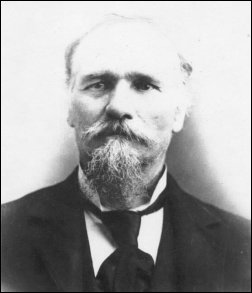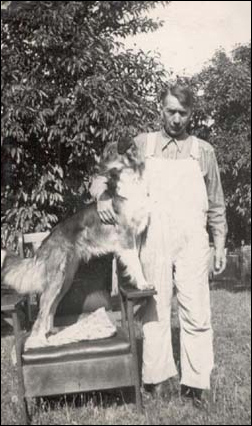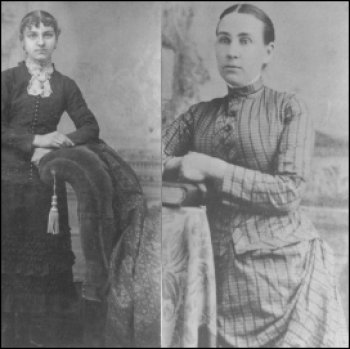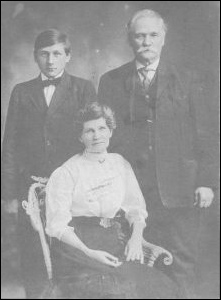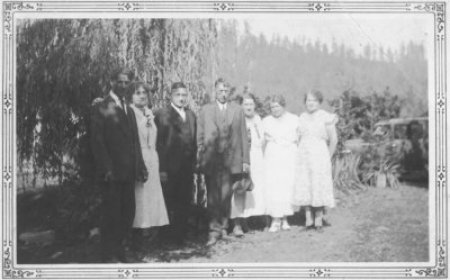We interviewed three of Boyd's descendants, starting in 1996: his grandson, Howard Royal; Howard's son, Phil Royal, and Phil's son Dan Royal. They have both spent years compiling the records of Capt. Boyd's family. They are descendants of Lewis's daughter Mabel, who left behind five volumes of memories. In addition, we have interviewed other Boyd descendants, including our dear friends, Alcina Harwood and Berniece Leaf. Over the next few months, we will be sharing research from these documents and Mabel's memories, which will illustrate the life of this amazing man and his family. We will also share other photos covering an 80-year span of the family. This photo and the one below are both from the collection of Howard's son, Dan Royal, courtesy of Gladys Pape Miller. He encourages you to contact him if you have information about the Boyd, Hoyt, Royal or Savage families. You can email him at dmoroyal@earthlink.net and please copy to us: mailto:skagitriverjournal@gmail.com Dan is also looking for information about these upriver families: John Johnson, Jackman, Steen and Markham. You can read much more about the Boyds on Dan's website, the Stump Ranch.
|

 810 Central Ave.,
810 Central Ave., 